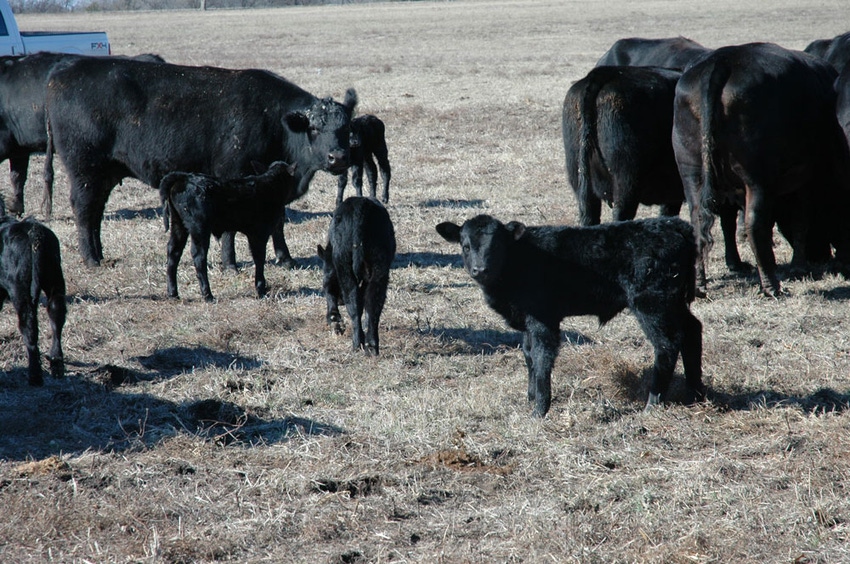November 13, 2013

Calves have always been weaned in the fall. But drought conditions in the Plains states prompted some beef producers to wean earlier than usual in recent years, which may have been surprisingly beneficial, according to recent Kansas State University studies.
“The conventional weaning time has always been in the fall, when calves are around 180 to 210 days old, but no substantial research showed that was necessarily the best time,” said John Jaeger, beef scientist with K-State Research and Extension, based in Hays. There were probably many factors at play over the years, including bringing cows home from summer pasture, fitting weaning into crop harvest, fall school activities and more.
“We wondered if, rather than putting growth on calves at the expense of cows, it might be better to wean them earlier. If the calves fared well, it might give the cow more time to recover from calving and lactating and improve her own body condition before going into winter,” Jaeger said.
This may be an especially important time to look at such management options, he said, as producers are planning to expand herds after cutting back several years due to drought and the resulting lack of forage.
If you are enjoying reading this article, please check out Southwest Farm Press Daily and receive the latest news right to your inbox.
The cattle industry in Kansas generated $7.88 billion in cash receipts during 2012, and ranked sixth nationally in the number of beef cows at 1.33 million head as of Jan. 1, 2013, according to Kansas Agricultural Statistics.
You May Also Like




